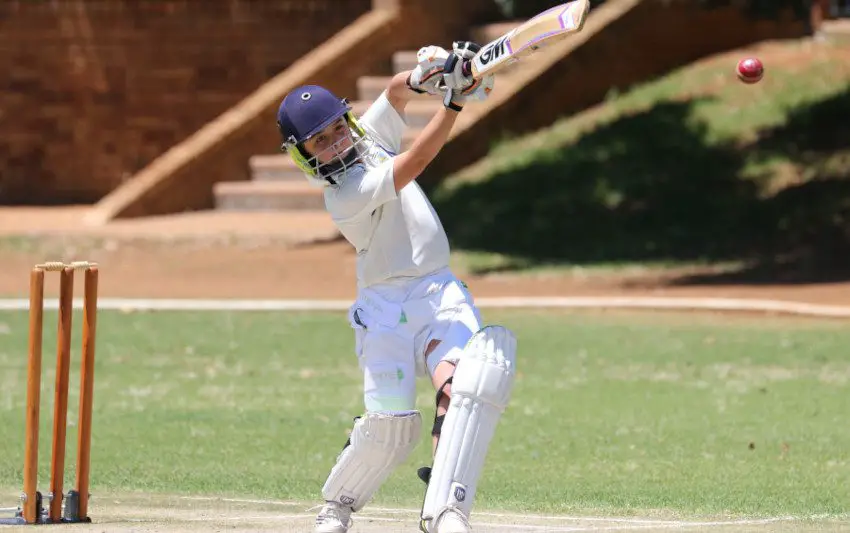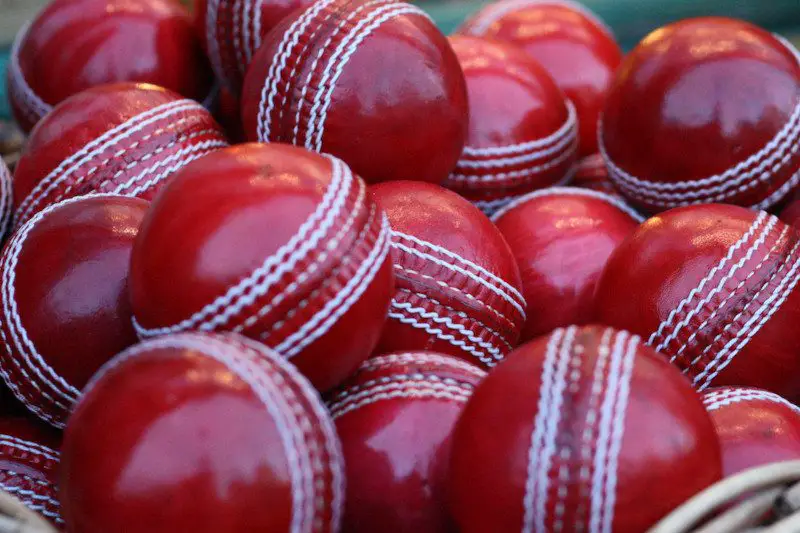Table of Contents
What equipment do you need for cricket? Here’s the comprehensive list of all the equipment and clothing items you will sooner or later need to play the game.
Cricket Equipment List
The majority of items here are regarded as essential equipment that all players and clubs should have.
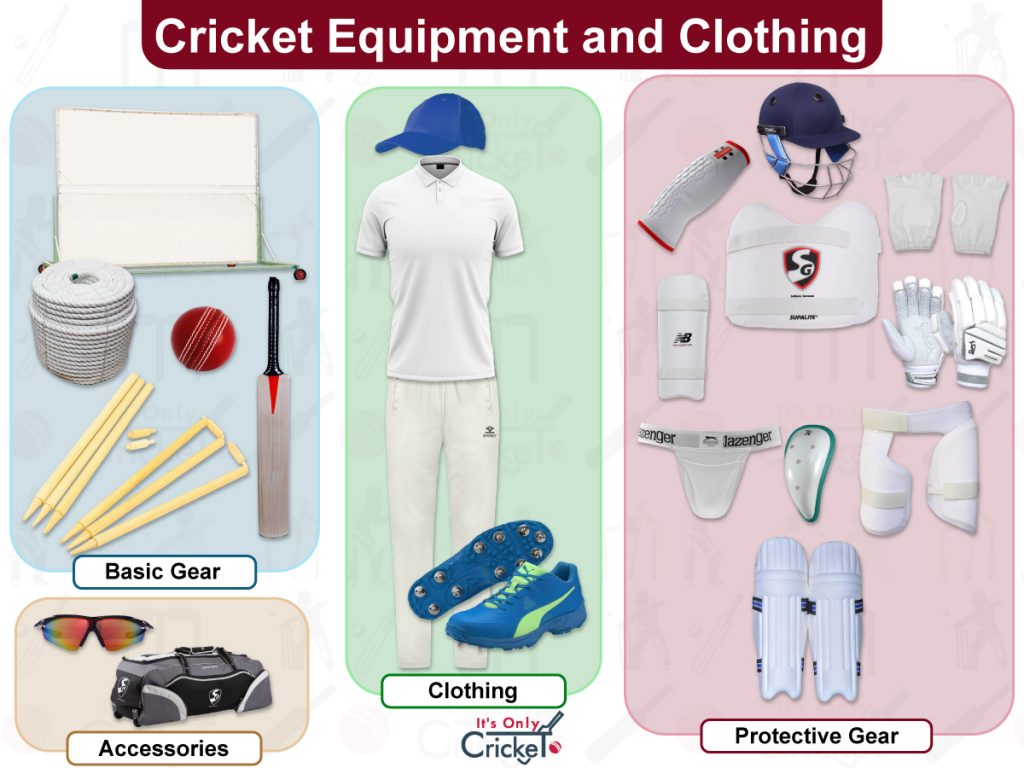
Basic Cricket Items
Cricket Ball
You can’t play cricket without a ball. Match balls are produced by a small set of reliable manufacturers while you can also purchase practice balls for match practice and sessions in the nets.

Cricket Bat
Bats come in various weights and have different designs to suit all styles of players. Please read my full guide on weights of cricket bats which will help you to choose the right size.
Stumps and Bails
Every club, school and college should provide stumps and bails and this isn’t the responsibility of the individual player. Most good sports retailers will have the right equipment in stock, so if you’re in charge of buying equipment for your club or school, you should speak to them directly.
Boundary Rope or Flags
The boundary needs to be seen clearly by players and the umpire. A rope will mark out the boundary area while white flags are a popular alternative.
Sight Screen
This is a very specialised piece of equipment but it is essential to the game. Batsmen need to see the ball clearly so a clean, white, well-maintained sight screen is the way to go.
Cricket Clothing
Shirt
White shirts are worn for first class cricket and club matches while more and more coloured clothing is now available. In long sleeve or short sleeve, they are lightweight and breathable – usually made from polyester.
Trousers
Once again, coloured options are available. Cricket trousers should also be lightweight, breathable and comfortable.
Spiked Cricket Shoes
Cricket shoes are available with moulded studs while spikes will help you stay upright on damp and grassy surfaces. I have written another detailed guide on these and the boots you should choose should fit your role in the team. There are shoes for bowlers and all-purpose pairs too, so be sure to identify which ones you need.
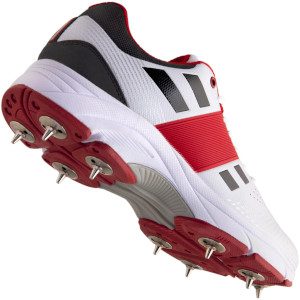
Cricket Cap
Caps may well be issued by your own club. If not, you can buy them in a range of colours and designs. They can aid visibility and protect against the sun.
Protective Gear
Some of these protective items are essential while others are quite specialised and will come down to personal choice. Read on to find out more.
Abdominal Guard
This is an essential piece of equipment that will guard a sensitive area. Read my article on wearing the abdominal guard to find out more.
Jockstrap
A jockstrap holds an abdominal guard in place. It’s considered essential by some as the guard should fit perfectly if it’s going to do its job.
Helmet
A helmet can protect and help batsmen, the wicket keeper and other close in fielders to avoid head injuries. Clubs may supply helmets but more players are choosing their own helmet to make sure of a good fit.
Leg Pads
Also known as leg guards, these are worn at the front of the legs to protect the shins and knees. Pads will extend above the knee and carry strong padding to avoid injury when the ball makes contact. Find out more about the types of cricket pads in our complete guide.
Gloves
Batting gloves are essential for all players while wicket keepers have their own, specific equipment. They are designed to protect the hands and fingers while in play.
Inner Gloves
Inner gloves aren’t worn by everyone but they can make wearing the outer gloves more comfortable. Usually they are made of thin, lightweight material.
Arm Guard
This is placed over the front arm to protect the wrist. It fastens with velcro and the padded area faces towards the bowler.
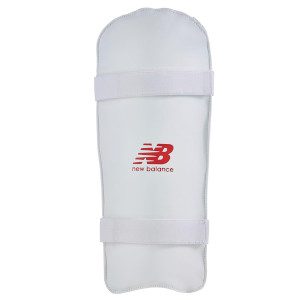
Chest Guard
Chest guards are worn by professional cricketers. They are intended for batsmen facing fast bowling and many club players wear them too.
Elbow Guard
These are less common and may be difficult to source from some areas. However, the elbow is a vulnerable area so it’s worth considering some protection while you’re batting.
Thigh Guard
This is worn on the front thigh, facing outwards towards the bowler. It’s made of lighter material than the leg guards but it still protects a key area.
Extra Items and Accessories
These are not necessarily essential items but I would recommend considering them.
Jumper or Vest
You need to be comfortable to play at your best. It can be cold at the start of a season, no matter where you are in the world, so a jumper and/or vest could be a wise purchase.
Sunglasses
Not only can they protect your eyes from the sun, they can help you to catch the ball too. Quality sunglasses will reduce the effect of that sun and other bright objects, such as the bright, white sightscreen.

Bat Cover
It’s a good idea to get a bat cover for times when it’s not in use. It will slide comfortably over the blade and is especially useful for those long, inactive winter months.
Bat Grip
Bats will come supplied with rubber grips that help players get a firm hold on the handle. It’s also possible to buy spares if you want to customise the bat or replace the initial grip.
Bat Mallet
This is an item of equipment that helps players to knock in the bat effectively. See my separate article on knocking in procedures and you’ll see how useful a mallet can be.
Bat Toe Protector
A cricket bat can be vulnerable to damage at the very bottom. A toe guard is usually made from rubber and it adds protection in this vital area.
Practice Nets
These are items that your club should be looking to purchase. Strong and spacious nets will help with those vital training sessions.
Kit Bag
You’ll need something to carry all your gear in. Bigger carriers are referred to as ‘coffins’ but you just need to find something large enough to fit your own individual equipment.
Covers
Once again, this is something that your club should be looking to provide. Many of the bigger amateur club sides now have covers, and they will certainly help to guard the wicket against rain.
What’s The Best Place to Buy Equipment?
As we’ve seen in this roundup, your club should take care of many items on the list. As a player, you will not be expected to supply balls, stumps, covers and nets. Many clubs also produce new caps and clothing every year via local sponsors. You may be expected to pay for these, but they will likely be offered at a discount price.
As for bats, pads and other protective gear, that’s all down to you. You can buy much of those online, and I think it’s fine to do that in most cases. The only time I would recommend an in-person transaction is when you’re buying a bat. This is such a personal item that I wouldn’t buy one without trying it first.
Look for a sports shop if you can. I know that many of these are dying out on our high streets, but some still exist. Most manufacturers will also let you visit their factories and showrooms. This will obviously require a little travelling, but if you intend to take your cricket seriously, I would say it’s definitely worth it.

